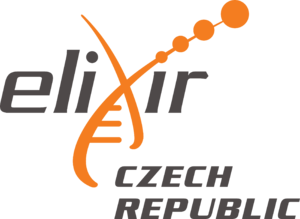

1 experimentally studied protein
0 sequences in Swiss-Prot
1,153 unique sequences in UniRef100
Mostly fungal asparaginases, like the Rhizomucor miehei l‑asparaginase with a Km in the micromolar range
Additional ankyrin repeats
Clan 5: Family 14, Family 15, Family 16, Family 17, Family 18

| Fam ? Class - Clan - Family | Alt ? Alternative historical name / classification | AN ? UniProt accession number | Name ? UniProt entry name, only given here for Swiss-Prot entries | EC | Organism | Cell-Loc | AAs | Structure | PDB | Km i for Asn [mM] | Vmax i for Asn [μmol/min/mg] | Kcat i for Asn [s-1] | |
|---|---|---|---|---|---|---|---|---|---|---|---|---|---|
| 1-5-15 | RmAI | W0G253 | 3.5.1.1 | Rhizomucor miehei | - | 682 | Homo dimer i Determined by gel filtration. Has additional ankyrin repeats. | - | 0.133 i brenda-enzymes.org | 3380.0 | 676 |

Clan 5 is the clan that holds many of the historical bacterial "type I" l‑asparaginases as well as l‑asparaginases from fungi and metazoans, including humans.
Family 15 is similar to Family 14, as most of the sequences also contain ankyrin repeats, however, these l‑asparaginases are mostly of fungal origin and lack the extra alpha helix. Many AlphaFold structures seem to have an additional beta sheet instead. At least one protein was studied experimentally: the Rhizomucor miehei RmAI (W0G253) with a relatively high affinity to l‑asparagine and negligible l‑glutaminase activity.
1Varadi, M et al. AlphaFold Protein Structure Database in 2024: providing structure coverage for over 214 million protein sequences. Nucleic Acids Research (2024). Licensed under CC BY 4.0.
2Suzek, B.E. et al. UniRef: comprehensive and non-redundant UniProt reference clusters. Bioinformatics (2007). Licensed under CC BY 4.0. Added classification code to sequence headers.
